More than anything else this fagged-out masterpiece is difficult–how else describe music that takes weeks to understand? Weary and complicated, barely afloat in its own drudgery, it rocks with extra power and concentration as a result.
~Robert Christgau (http://www.robertchristgau.com)..It’s the kind of record that’s gripping on the very first listen, but each subsequent listen reveals something new. Few other albums, let alone double albums, have been so rich and masterful as Exile on Main St., and it stands not only as one of the Stones’ best records, but sets a remarkably high standard for all of hard rock.
~Stephen Thomas Erlewine (allmusic.com)
Let It Loose:
Wikipedia:
| Released | 12 May 1972 |
|---|---|
| Recorded | June 1969 – March 1972 |
| Genre | Rock and roll, blues, soul, R&B,country |
| Length | 67:07 |
| Language | English |
| Label | Rolling Stones |
| Producer | Jimmy Miller |
Exile on Main St. is the tenth British and 13th American studio album by English rock band The Rolling Stones. Released as a double LP in May 1972, it draws on many genres including rock and roll, blues, soul, R&B, gospel and country. The release of Exile on Main St. met with mixed reviews, but it is now generally regarded as the band’s best album. In 1987, as part of their 20th anniversary, Rolling Stone magazine ranked it third on the 100 Best Albums of the Last Twenty Years. In 2003, the album was ranked 7th on Rolling Stone magazine’s list of the 500 greatest albums of all time, the highest a Rolling Stones album ranked on the list.
The 2010 remastered version of the album was released in Europe on 17 May 2010 and in the United States on 18 May 2010, featuring a bonus disc with 10 new tracks.
Loving Cup:
Recording:
Exile on Main St. was written and recorded between 1968 and 1972. Mick Jagger said “After we got out of our contract with Allen Klein, we didn’t want to give him [those earlier tracks],” as they were forced to do with “Brown Sugar” and “Wild Horses” from Sticky Fingers. Many tracks were recorded between 1969 and 1971 at Olympic Studios and Jagger’s Stargroves country house in England during sessions for Sticky Fingers.
By the spring of 1971 the Rolling Stones owed more in taxes than they could pay and left Britain before the government could seize their assets. Mick Jagger settled in Paris with his new bride Bianca, and guitarist Keith Richards rented a villa, Nellcôte, in Villefranche-sur-Mer, near Nice. The other members settled in the south of France. As a suitable recording studio could not be found where they could continue work on the album, Richards’ basement at Nellcôte became a makeshift studio using the band’s mobile recording truck.
Torn And Frayed:
| …..it’s their most physically jolting album and, ultimately, their most emotionally inspiring. Mick’s vocals are just another instrument in a glorious rush of high-velocity electric noise, his lyrics barely perceptible in all the guitar, sax, and harmonica; whatever he’s saying, he just wants to plug in and flush out and fight and fuck and feed. Keith channels all his nasty habits and internal chaos into the guitars, from the convulsive opener, “Rocks Off,” to the weary acoustic stomp of “Sweet Virginia.” Charlie Watts’ understated performance in “Shake Your Hips” demands some sort of Nobel Prize.
Exile was the Stones’ biggest musical triumph, but all the decadence was catching up with them. The band lost focus, with Keith’s attention diverted by the pressing concern of stuffing as many toxic chemicals into his veins as possible. From: The New Rolling Stone Album Guide |
Tracks:
- “Rocks Off” 4:31
- “Rip This Joint” 2:22
- “Shake Your Hips” (Slim Harpo) 2:59
- “Casino Boogie” 3:33
- “Tumbling Dice” 3:45
– - “Sweet Virginia” 4:27
- “Torn and Frayed” 4:17
- “Sweet Black Angel” 2:54
- “Loving Cup” 4:25
– - “Happy” 3:04
- “Turd on the Run” 2:36
- “Ventilator Blues” (Jagger/Richards/Mick Taylor) 3:24
- “I Just Want to See His Face” 2:52
- “Let It Loose” 5:16
– - “All Down the Line” 3:49
- “Stop Breaking Down” (Robert Johnson) 4:34
- “Shine a Light” 4:14
- “Soul Survivor” 3:49
Personnel:
- Mick Jagger – lead vocals, harmonica, guitar on “Tumbling Dice” and “Stop Breaking Down”, percussion
- Keith Richards – guitars, backing vocals, lead vocals on “Happy”, electric piano on “I Just Want to See His Face”, bass guitar on “Casino Boogie”, “Happy” and “Soul Survivor”
- Mick Taylor – guitars, slide guitar, bass guitar on “Tumbling Dice”, “Torn and Frayed”, “I Just Want to See His Face” and “Shine a Light”
- Charlie Watts – drums
- Bill Wyman – bass guitar
- Additional personnel
- Nicky Hopkins – piano
- Bobby Keys – saxophone, percussion on “Happy”
- Jim Price – trumpet, trombone, organ on “Torn and Frayed”
- Ian Stewart – piano on “Shake Your Hips”, “Sweet Virginia” and “Stop Breaking Down”
- Jimmy Miller – drums on “Happy” and “Shine a Light”, percussion on “Sweet Black Angel”, “Loving Cup”, “I Just Want to See His Face” and “All Down the Line”
- Bill Plummer – upright bass on “Rip This Joint”, “Turd on the Run”, “I Just Want to See His Face” and “All Down the Line”
- Billy Preston – piano and organ on “Shine a Light”
- Al Perkins – pedal steel guitar on “Torn and Frayed”
- Richard Washington – marimba on “Sweet Black Angel”
- Clydie King, Venetta Fields – backing vocals on “Tumbling Dice”, “I Just Want to See His Face”, “Let It Loose” and “Shine a Light”
- Joe Green – backing vocals on “Let It Loose” and “Shine a Light”
- Jerry Kirkland – backing vocals on “I Just Want to See His Face” and “Shine a Light”
- Mac Rebennack, Shirley Goodman, Tami Lynn – backing vocals on “Let It Loose”
- Kathi McDonald – backing vocals on “All Down the Line”
- Engineers – Glyn and Andy Johns, Joe Zaganno, Jeremy Gee
- Cover photography/concept – Robert Frank
- Layout design – John Van Hamersveld, Norman Seeff
Shine A Light:
Check out:
- The Stones and the true story of Exile on Main St
(The Guardian) - Keith Richards interview: ‘Exile on Main St.’ revisited
(Chicago Tribune)
Playlist of the day:
Other May 12:
Continue reading Today: The Rolling Stones – Exile On Main St. was released in 1972 – 41 years ago



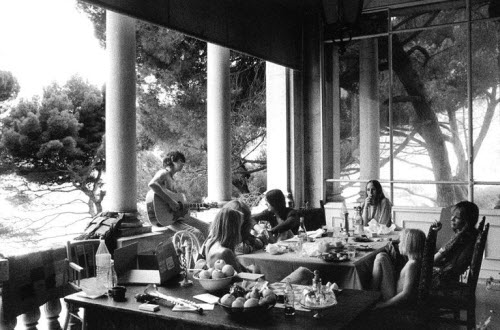
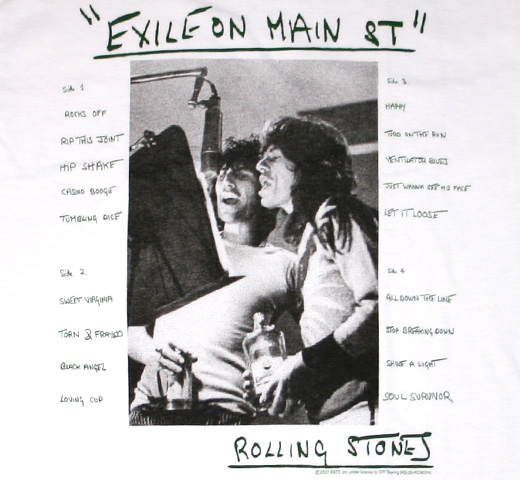
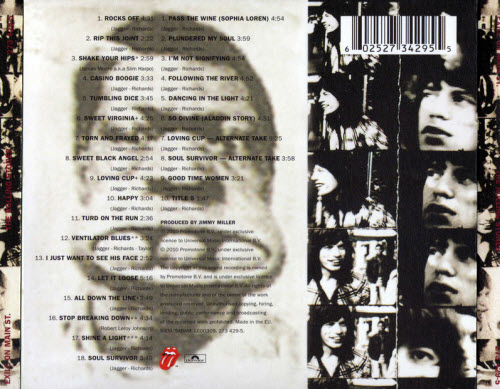




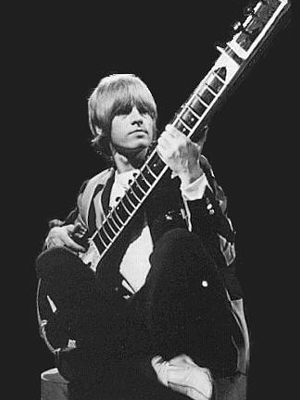

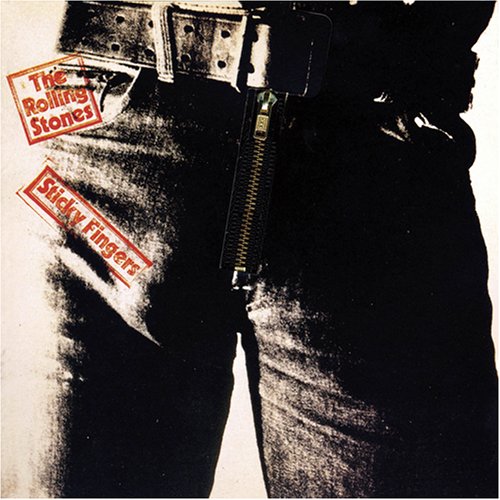
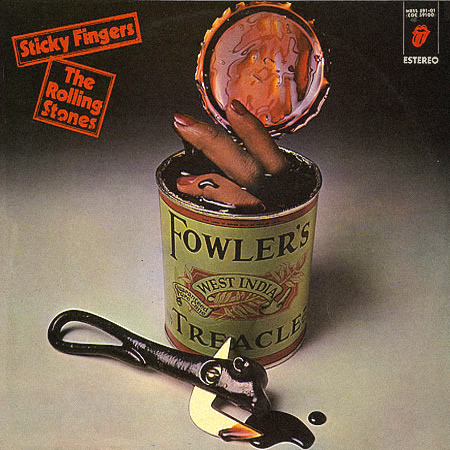
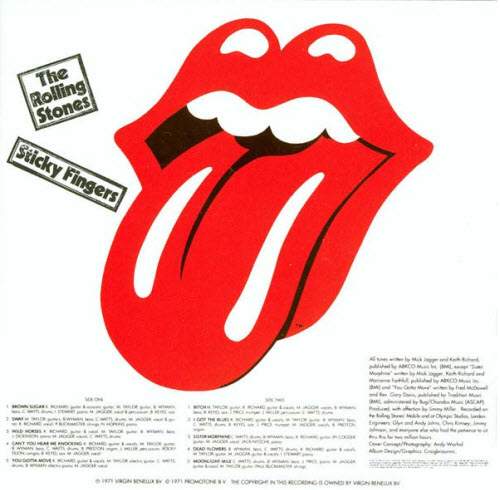
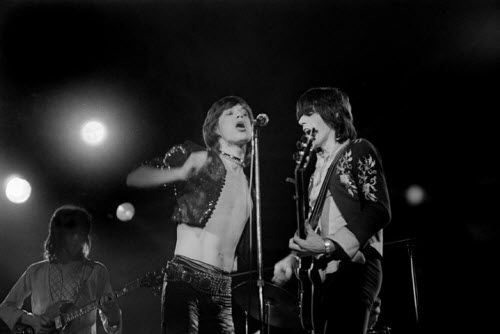
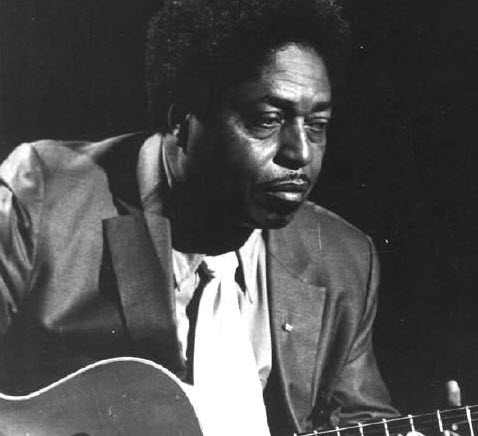
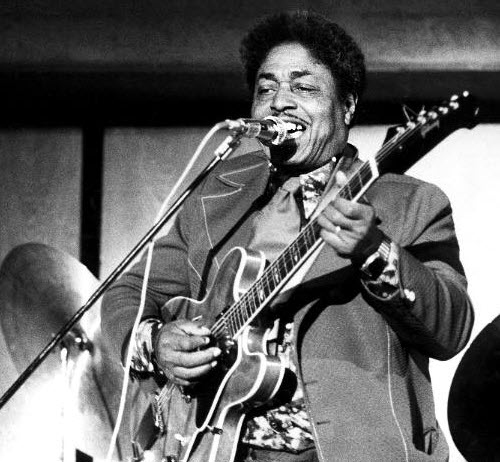
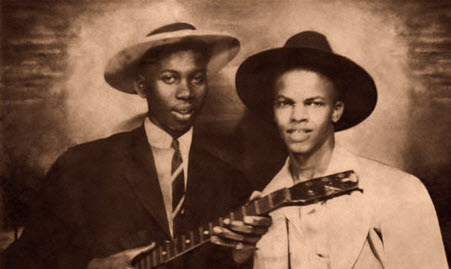 Robert Johnson & Johnny Shines
Robert Johnson & Johnny Shines